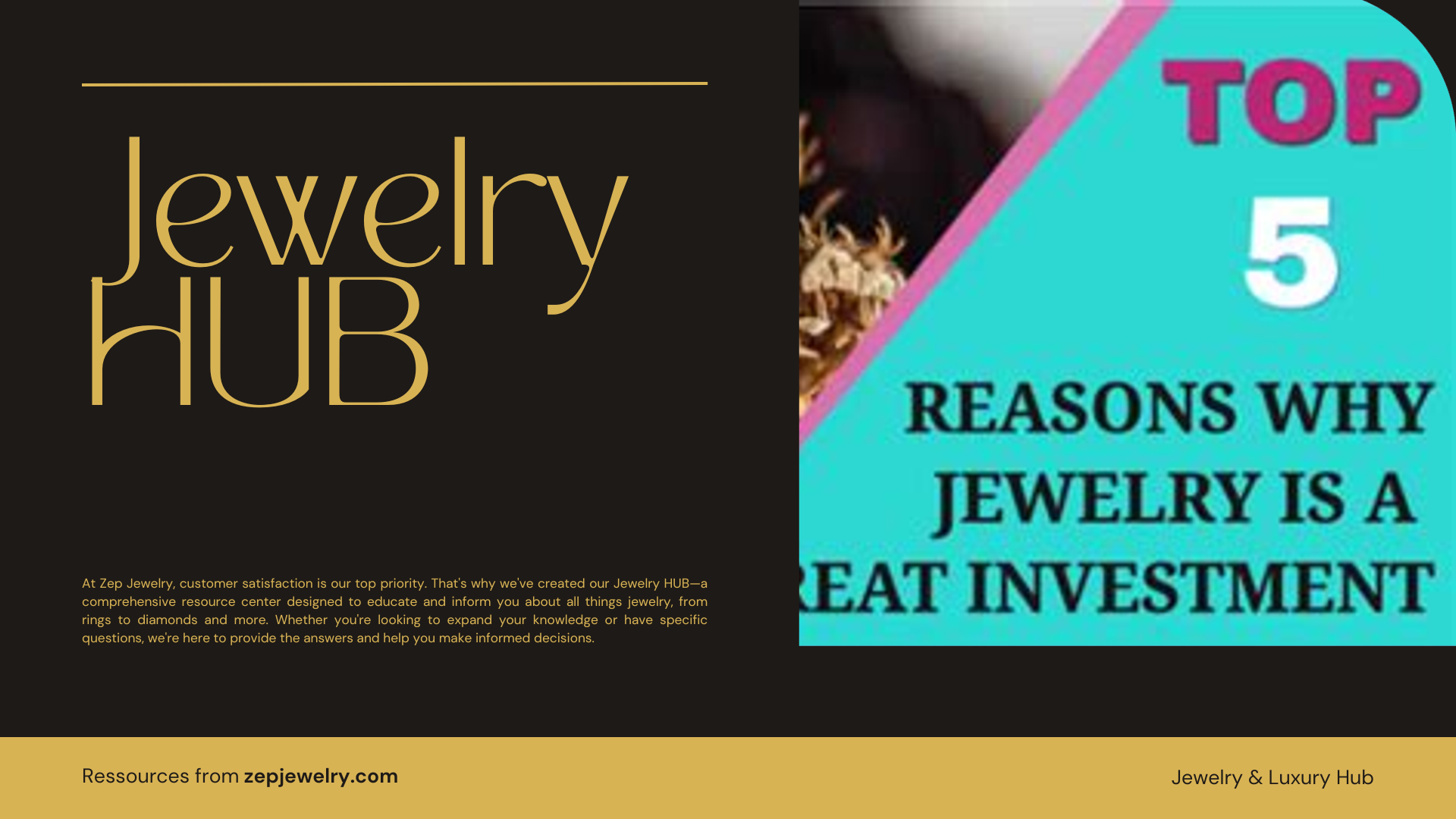Is your jewelry box just a treasure trove or a hidden gold mine? As the world turns towards sustainable investments, jewels that dazzle the eye can also spark strong returns. Not all jewelry is created equal in the marketplace; some pieces have the rare ability to appreciate like fine wine, while others seem to lose their luster. Join us as we uncover which types of jewelry not only capture our hearts but also stand the test of time, shining brightly in value as they dance through the ebb and flow of economic tides.
What types of jewelry tend to appreciate in value over time?
What types of jewelry tend to appreciate in value over time?
Jewelry crafted from precious metals, notably gold and platinum, has a strong tendency to appreciate in value, especially when it is adorned with high-quality gemstones. When looking at potential investments, consider items like vintage jewelry, which not only boasts unique character and history but also appeals to collectors. Fine pieces that feature exceptional diamonds—those with remarkable cut, clarity, color, and carat weight—are also known to retain and even increase their worth over time.
Furthermore, jewelry from renowned designers or established luxury brands carries significant investment potential due to their reputation for superior craftsmanship and exclusivity. The rarity of the materials used, along with the artistry involved in their creation, adds layers of value. For instance, pieces that showcase rare gemstones, like colored or fancy diamonds, or even natural pearls, often fetch higher prices at auctions due to their scarcity and allure.
As a general guideline, when investing in jewelry, prioritize factors such as quality of materials, brand recognition, and unique design features. This is where the craftsmanship shines through; the time and skill invested in creating a piece not only enhance its immediate appeal but also contribute to its long-term value. When you consider these elements, you are more likely to secure a piece that appreciates as a valuable asset over the years.
In summary, if you’re looking for jewelry that carries the potential for value appreciation, focus on well-crafted pieces made from precious metals like gold or platinum, especially when paired with high-quality gemstones. Vintage and designer items generally provide an excellent foundation for investment due to their combination of rarity, beauty, and craftsmanship.
How important is brand reputation in jewelry investment?
Brand reputation plays a crucial role in the investment value of jewelry. Established luxury brands are known for their exceptional craftsmanship and unique designs, and these associations can dramatically increase a piece’s desirability and potential resale value. Investing in jewelry from recognized names can provide a safeguard, as the prestige attached to the brand often leads to higher long-term appreciation.
Is all jewelry a good investment, or only specific types?
Not all jewelry is a solid investment. While pieces crafted from gold, platinum, and high-quality gemstones such as fancy diamonds can be considered worthwhile investments, general costume or low-quality jewelry typically does not hold its value. Investors should focus on fine jewelry, vintage pieces, and items with historical significance to improve their chances of value retention or appreciation.
What is the role of market trends in determining jewelry investment value?
Market trends heavily influence the investment value of jewelry. The desirability of certain styles, gemstones, or brands can fluctuate over time due to changing consumer preferences or market conditions. Staying informed about prevailing trends and working with knowledgeable professionals can help investors make more strategic and lucrative purchases.
How does one evaluate the investment potential of a jewelry piece?
Evaluating jewelry for investment potential involves several factors: assessing the quality of materials used (such as carat weight, metal purity, and gemstone clarity), understanding the piece’s brand and historical context, and researching past auction performances to gauge its desirability. Consulting with experts in the field for appraisals and market analysis can provide valuable insights into a piece’s true investment potential.
Are there any risks associated with investing in jewelry?
Yes, investing in jewelry carries risks similar to other investment types. The market can be volatile, and the value of jewelry can be subject to fluctuations due to economic conditions, consumer trends, and changes in demand. Additionally, the ability to resell at a price close to your purchase depends on market perception and personal connections within the jewelry community.
What are some practical tips for starting a jewelry investment portfolio?
To begin a jewelry investment portfolio, start by educating yourself on various pieces and materials, focusing on high-quality items that have proven to appreciate in value, such as vintage or designer jewelry. Develop a network of professionals for appraisals and sales advice, and consider insuring your pieces to protect against loss or damage. Finally, practice patience—investing in jewelry is often a long-term endeavor where value appreciation may be gradual.
